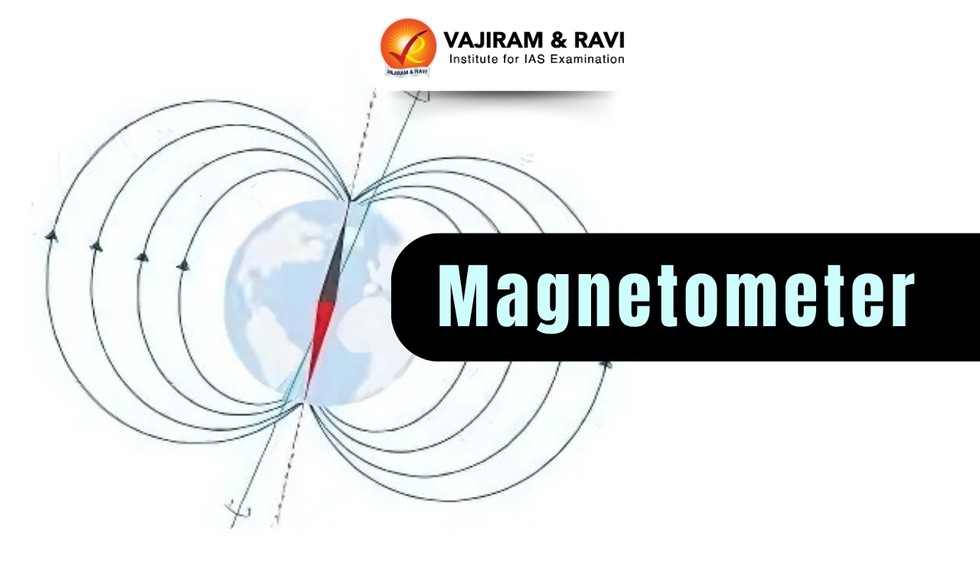About Magnetometer:
- A magnetometer is a passive instrument that measures changes in the Earth’s magnetic field.
- The most promising methods for magnetic field measurement are based on detecting polarization rotation of a probe light passing through alkali atoms in a very weak magnetic field.
- Magnetometers based on this method, referred to as Optically pumped atomic magnetometers (OPAMs) and Spin Exchange Relaxation Free (SERF)
- Typically have high sensitivity but demand sophisticated magnetic shielding and have a lower dynamic range.
- Magnetometers are useful devices with applications in areas ranging from fundamental physics to medical imaging and navigation.
What is Raman-Driven Spin Noise Spectroscopy (RDSNS)?
- It uses laser light to listen to the tiny quantum jitters of Rubidium atoms.
- These jittery movements, called spin noise, are random fluctuations in the spin of atoms—fundamental quantum properties like tiny bar magnets.
- When exposed to a magnetic field, the pattern of this spin noise shifts in predictable ways. By shining lasers and analyzing the noise, researchers can accurately measure the magnetic field without touching or disturbing the atoms.
- RDSNS enhances the dynamic range considerably without significant loss of sensitivity.
- This method could transform the way we measure magnetic fields—making the process faster, portable and precise even in noisy, real-world environments.
- This method exhibits potential for field-deployable applications of magnetic field measurement with broadband capability and fast time response, extending across various scientific, industrial and exploratory fields.
